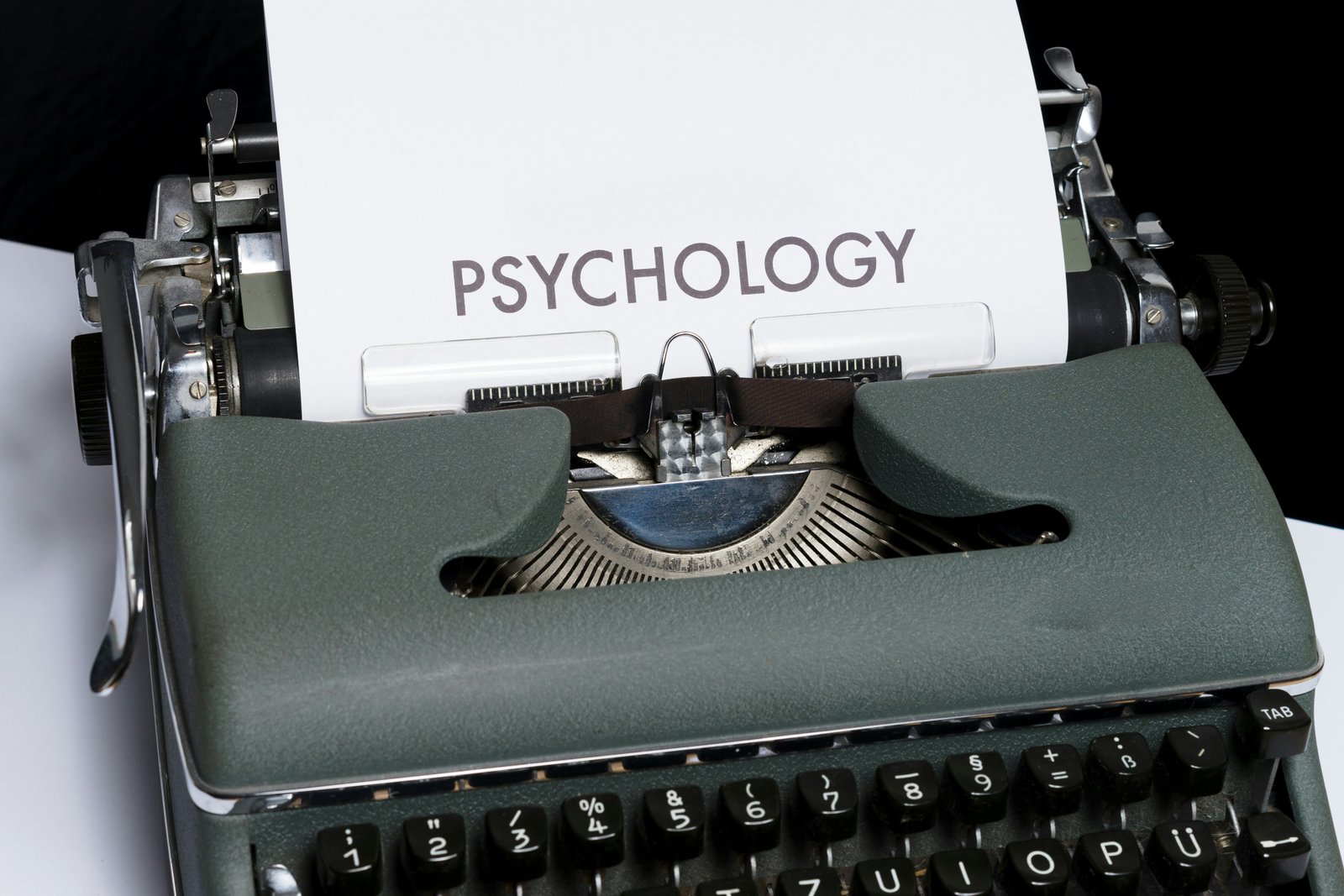The Inkblot Test, more formally known as the Rorschach Test, is one of the most iconic tools in psychological assessment. Developed in 1921 by Swiss psychiatrist Hermann Rorschach, this projective psychological test uses ambiguous inkblot images to explore a person’s thought processes, emotions, and underlying personality dynamics.
Unlike structured questionnaires, the Rorschach Test doesn’t ask direct questions. Instead, it presents individuals with 10 symmetrical inkblot images and asks: “What might this be?”
The responses, what people see, how they describe it, and where they focus, are analyzed to uncover unconscious thoughts, emotional functioning, and cognitive patterns.
While often portrayed in movies and TV as a tool to detect “craziness,” the real-world use of the Rorschach Test is far more nuanced. Today, it remains a specialized instrument used by clinical psychologists in diagnosis, therapy, and forensic evaluations, when administered and interpreted correctly.
History of the Rorschach Test: From Art to Psychology
Hermann Rorschach was fascinated by how people interpreted abstract shapes. Inspired by pareidolia (the tendency to see meaningful images in random patterns), he developed 10 carefully designed inkblots is a mix of black-and-white, colored, and shaded patterns.
He published his work in 1921 in Psychodiagnostik, laying the foundation for projective testing in psychology.
After his early death, the test gained global attention. By the mid-20th century, it was widely used in:
- Clinical diagnosis
- Personality assessment
- Military and intelligence screening
However, inconsistent administration and subjective interpretation led to criticism — prompting the development of standardized scoring systems decades later.
The 10 Standard Rorschach Inkblots: What They Look Like
The official Rorschach set includes 10 cards:
5 in black and gray
2 in black, gray, and red
3 in multi-colors (pastel tones)
Each card is bilaterally symmetrical, encouraging projection of internal imagery.
Participants are shown each card one at a time and asked: “What might this be?” “What makes you see that?”
There are no right or wrong answers , the focus is on how the person perceives and explains what they see.
How the Rorschach Test Is Administered and Scored
Modern use of the Rorschach Test follows strict protocols, especially the Exner System (developed by Dr. John Exner in the 1970s), which brought scientific rigor to interpretation.
Two Phases of Testing
1. Free Association Phase
- The examiner shows each card and records:
- Response content (e.g., “a bat,” “blood,” “a couple dancing”)
- Location (Did they focus on the whole blot or a small detail?)
- Determinants (What made them see it? Shape, color, movement?)
- Popularity vs. Originality of response
2. Inquiry Phase
- The examiner reviews responses and asks clarifying questions to understand the thought process.
Key Scoring Dimensions (Exner System)
These scores are compiled into a comprehensive profile of the individual’s:
- Perceptual style
- Emotional regulation
- Thought disorder risk
- Interpersonal needs
Applications of the Rorschach Test in Modern Psychology
Despite controversy, the Rorschach remains in use, but only in specific, evidence-based contexts.
1. Clinical Diagnosis
Used to assess:
- Schizophrenia (bizarre content, poor form quality)
- Depression (black responses, references to death)
- Personality Disorders (e.g., borderline, narcissistic traits)
- Trauma and PTSD (aggressive content, movement responses)
2. Forensic Psychology
- Court-ordered evaluations
- Competency to stand trial
- Risk assessment for violence or recidivism
3. Child & Adolescent Assessment
- Helps understand emotional conflicts in non-verbal children
- Detects anxiety, attachment issues, or abuse indicators
4. Therapeutic Settings
- Used in depth psychology and psychoanalytic therapy to explore unconscious material
- Facilitates discussion about hidden fears or desires
5. Research in Cognitive & Emotional Processing
- Studies on creativity, perception, and mental illness
Who Administers the Rorschach Test?
Only qualified professionals should administer and interpret the test:
- Clinical Psychologists (Ph.D. or Psy.D.)
- Licensed Psychiatrists with training in projective techniques
- Forensic Evaluators in legal cases
The Inkblot Test is not a magic mind reader, nor is it pseudoscience. It’s a projective tool that, in the hands of a trained clinician, can reveal deep-seated emotions, cognitive styles, and unconscious conflicts that other tests might miss.



